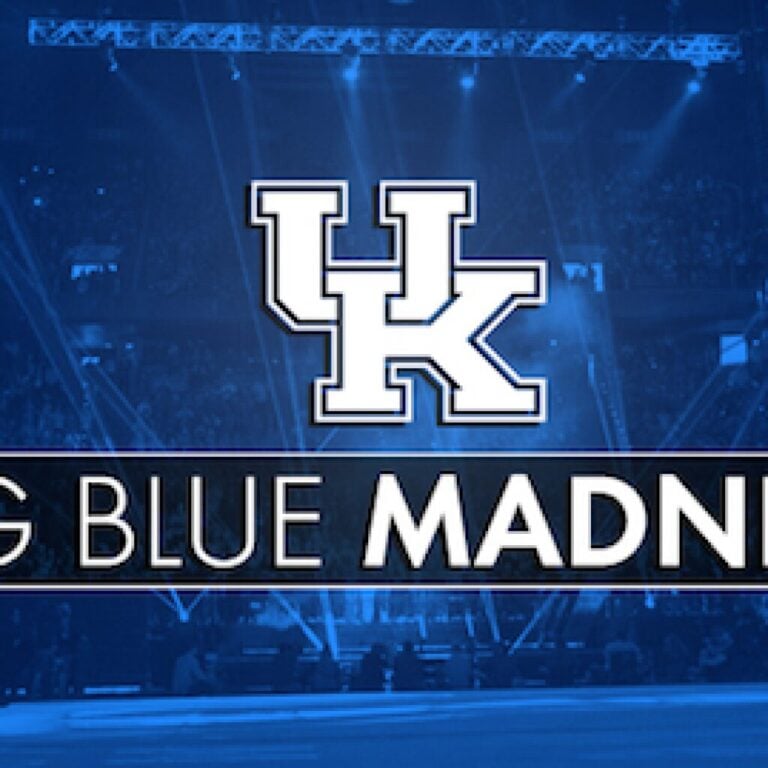By Berry Craig
NKyTribune columnist
When I hear “plague,” I think “bubonic” or “locust.”
But in 1827, my neck of the deep western Kentucky woods suffered “the great plague of squirrels,” according to Battle, Perrin and Kniffen’s 1885 History of Kentucky. The furry rodents “swarmed the countryside like the locusts of Egypt, utterly destroying the corn, and doing severe damage generally.”
Supposedly, the little critters swam the Mississippi River from Missouri and feasted on Jackson Purchase flora for several months.
“There was a lady washing clothes on the bank of the river at Mills’ Point [Hickman] on the day the little pests crossed, and with her clothes paddle, she killed over seventy of them.”
As far-fetched as the story may sound, it evidently was true. There were other squirrel plagues, too, one 54 years later and downriver from westernmost Kentucky.

The Jan. 2, 1882, issue of The School Newspaper: A Monthly Record of News and Extracts for School and Home Reading recounted an 1881 squirrel infestation in Arkansas.
“Ordinarily the squirrel is an inoffensive little animal, whether he be of the wood or of the prairie,” the paper said. “His impudence as an individual is remarkable. It is, however, more amusing that disagreeable.”
In early July, 1881, some Arkansas hunters noticed the woods in the state’s interior were unusually abundant with squirrels. “Their bushy tails and quick bright eyes were to be seen on almost every branch, and warnings were uttered of their probable early depredations.”
At first, the warnings went unheeded. “Autumn came on—the time of maturing cotton and the ripening of Indian corn.”
The hungry squirrels forsook the trees for farmland. “Leaving in myriads their haunts in the woods, they attacked the cotton and corn-fields. Tearing open the balls of the cotton plants, they ate the seeds and scattered the cotton on the ground.”
They also feasted on the corn, devouring “the kernels on every ear until nothing but the cob remained,” according to the newspaper.
Naturally, farmers and planters feared ruination. “Happily, however, as a local account of their doings naively remarks, they began to migrate to Mississippi and Tennessee, and the boys had ‘a good time’ in capturing hundreds of them as they sought to cross the Mississippi river.”
The paper didn’t know if the squirrels “wrought as much destruction on the eastern side of the stream…but for obvious reasons, the inhabitants of Mississippi and Tennessee are not likely to share the delight with which the people of Arkansas hailed their departure.”
Nor, it seems just as likely, did Purchase dwellers welcome their bushy-tailed and bright-eyed visitors more than a half century before.
Berry Craig of Mayfield is a professor emeritus of history from West Kentucky Community and Technical College in Paducah and the author of five books on Kentucky history, including True Tales of Old-Time Kentucky Politics: Bombast, Bourbon and Burgoo and Kentucky Confederates: Secession, Civil War, and the Jackson Purchase. Reach him at bcraig8960@gmail.com


















